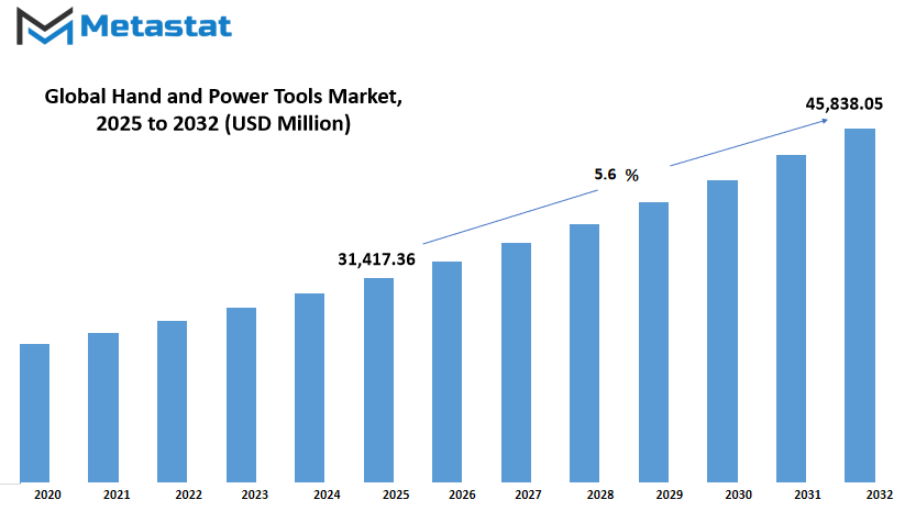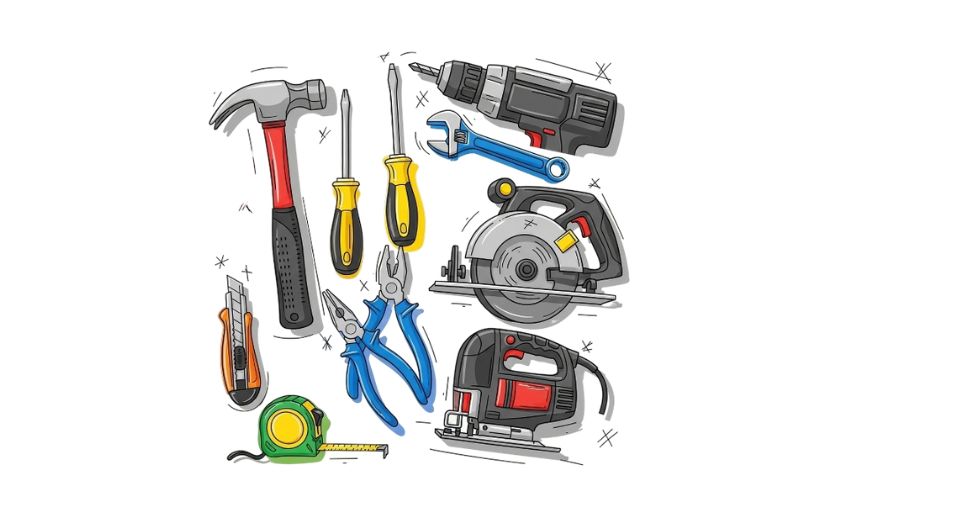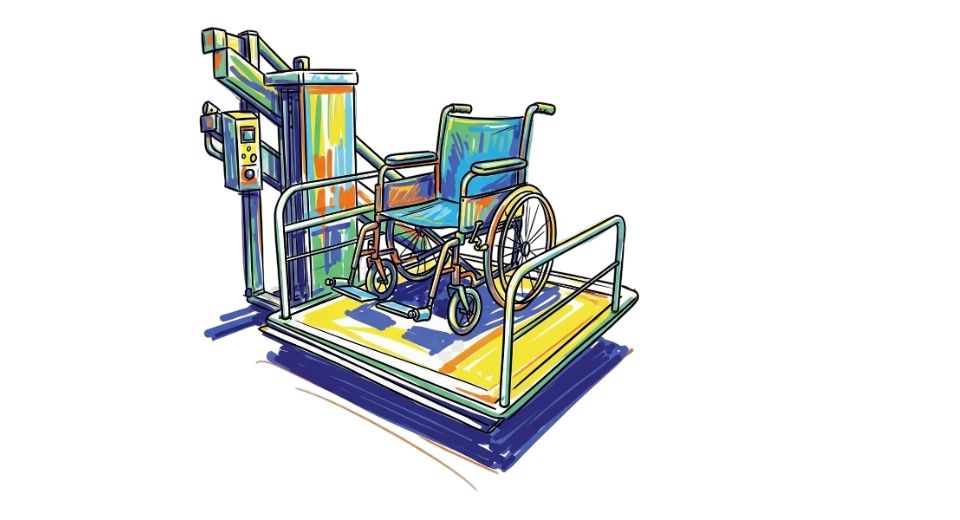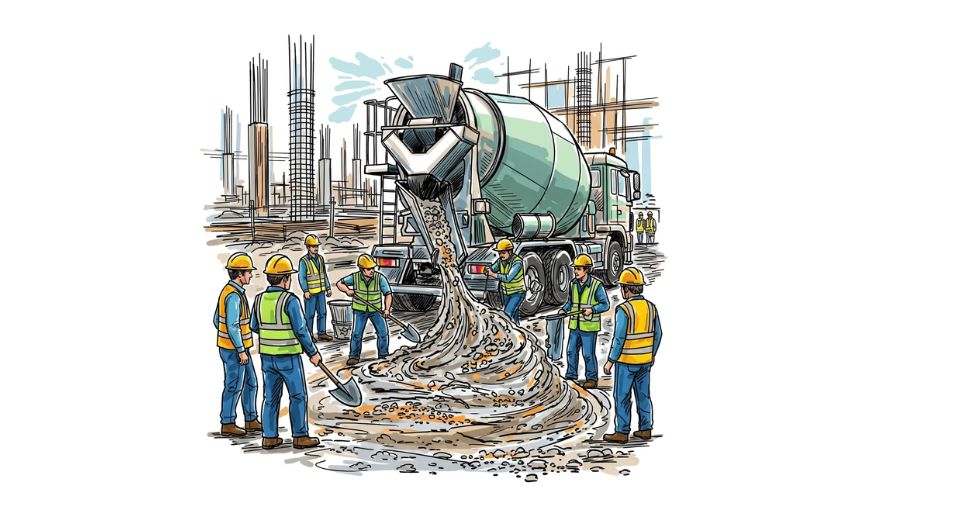MARKET OVERVIEW
The global hand and power tools market will continue to be one of the most pragmatic backbones of contemporary construction, manufacturing, and maintenance operations. The market will not be limited to the use of ordinary tools, but will be a structured industry that manufactures, distributes, and innovates within a broad array of manual and mechanized tools. From modest home repairs to intricate industrial assemblies, the market will determine the manner in which tools are engineered, applied, and modified both in professional and personal environments. It will convene manufacturers, distributors, service providers, and end users under a common requirement for tools that provide durability, accuracy, and versatility.
Hand tools, including such things as wrenches, hammers, pliers, and screwdrivers, will remain to exhibit the fundamental characteristics of accessibility and dependability. Power tools, fueled by electricity, batteries, or compressed gas, will carry those functions over to satisfy demands for efficiency and quickness in big applications. Combinatorially, they will not only be used to perform immediate chores but will establish standards for safety, ergonomics, and performance internationally. The global hand and power tools market will position itself as a bridge between the old traditional craftsmanship and the newer needs of industrial automation, thereby ensuring its continued relevance in a shifting technological world.
The organization of this market will be extensive. It will include established multinational companies with wide product offerings and smaller companies that will focus on special innovations. The channel of distribution will also change, with online channels making more products accessible to professionals and common consumers alike. As trade networks become larger, instruments will migrate from factories to workshops and homes within various regions and make the market an integral bridge between production centers and useful application.
Outside the direct application of tools, education and training will be affected by the market, as it will continue to be a part of vocational and technical training to be proficiently safe in the use of hand and power tools. Application of these tools will reach industries like aviation, automotive repair, shipbuilding, mining, and home maintenance. This width will enable the market to exist not as one product category, but as an industry that will underlie several segments of the global economy.
In coming years, the global hand and power tools market will not just be a provider of physical products but also be an agent of innovation in terms of materials, design, and modes of distribution. As more demand for accuracy and flexibility increases among diverse industries, the market will keep evolving itself into something better in terms of ergonomics, enhanced safety features, and more intelligent integration with digital tech. It won't be a stagnant market, but something that will keep adapting to satisfy the practical requirements of people and industries.
Global hand and power tools market is estimated to reach $45,838.05 Million by 2032; growing at a CAGR of 5.6% from 2025 to 2032.

GROWTH FACTORS
The global hand and power tools market will experience consistent growth in the future as industries and lifestyles keep on changing. One of the most tangible drivers is the increasing passion for home improvement and do-it-yourself tasks. Increasing numbers of individuals globally are opting to do things themselves, be it fixing furniture, putting together home fittings, or renovating small aspects of their homes. This cultural change is not confined to homes alone; it is being fostered by web-based tutorials, social media, and an increased sense of pride in home craftsmanship. As the trend expands, the demand for low-cost but dependable hand and power tools will increase. At the professional level, the market will also gain from expanding industrial and construction activity.
Mass urbanization, infrastructure expansion, and industrial growth are compelling professionals to find robust and high-performance tools to withstand aggressive and repetitive use. In developed and emerging economies, large-scale construction projects and factory lines will depend substantially on innovative tool solutions to meet demand. These trends indicate a solid customer base that spans from DIY users at home to experienced professionals in high-demand sectors. Even with these encouraging indicators, the global hand and power tools market could be undermined by challenges that dampen its momentum. One of the critical challenges is the volatility in raw material prices.
As metals and other materials used to make tools are subject to volatile price fluctuations, the cost of production could unexpectedly increase, impacting profit margins and, subsequently, retail prices. In addition to this, safety for users and user fatigue, particularly with extended usage of power equipment, are of concern. Injuries and ailments caused by heavy or cumbersome tools can restrict usage among occasional users and professionals alike. In the future, there is potential in innovation and accommodation based on user requirements. The increased desire for battery tools indicates an obvious trend toward flexibility, ease of use, and decreased reliance on direct sources of power. Simultaneously, the introduction of smart instruments with inbuilt monitoring systems, ergonomic grips, and safety mechanisms will tempt customers who will pay a premium for both efficiency and safety.
Producers who concentrate on minimizing strain, facilitating mobility, and incorporating digital capabilities are set to capture a disproportionate share of future demand. In general, although certain obstacles persist, the global hand and power tools market will grow further with a combination of consumer demands and professional needs. Through the resolution of safety issues, cost challenges, and changing expectations, the industry will see plenty of scope for improvement in the years to come.
MARKET SEGMENTATION
By Type
The global hand and power tools market has expanded consistently over the years, and its prospects for the future are even more promising. By 2025, this sector is poised to break new grounds as demand keeps growing across professional and household domains. Not just the market is growing due to building and production requirements, but individuals are also depending more on DIY equipment for household improvement, fix-it work, and artistic endeavors. As technology plays a crucial part in developing industries, the global hand and power tools market will gain through increased designs, more efficiency, and easier-to-use tools that reduce human effort. Taking a closer look at the composition by type, the industry is categorized into types like Cutting, Hammering, Gripping and Pinching, Striking and Driving.
Every type has specialized functions, and their development is driven by various user demands. For example, Cutting instruments are expected to hit approximately 10,590.79 million USD in 2025, citing significant demand from sectors that rely on accuracy and endurance. Hammering tools, still the backbone of both construction and repair work, are likely to command a market size of around 5,964.59 million USD. Gripping and Pinching tools are highly valued for their universal utility and safety, with their market size estimated at 7,302.97 million USD. Striking and Driving tools, the ones that are used in assembly, fastening, and heavy work, are expected to command a market size of around 7,559.02 million USD. These figures underscore not only consistent growth, but also movement in the direction of tools that are time-saving and more productive.
As the globe keeps embracing wiser approaches to working, tools will probably incorporate capabilities that enable stronger control, accuracy, and even digital connectivity. Though the older designs will never go away, the future global hand and power tools market will inevitably rely on innovation that diminishes the physical strain and increases safety. Consumers will demand lighter-weight materials, more durable power sources, and structures that adapt to various levels of skill. Another significant driver influencing this market is sustainability. As there is greater concern for environmental stewardship, manufacturers will be called upon to create tools that consume less energy and are produced with longer-lasting or recyclable materials. Performance along with green practice will not only appeal to professionals but also to families that prefer durable tools without wastage.
In total, the global hand and power tools market will keep growing in the future due to increasing demand, high technology, and increasing emphasis on easy-to-use designs. The growth indicates how tools will continue to be a necessity both for industry and everyday life but will evolve according to the demands of a contemporary, fast-paced world.
By Application
The global hand and power tools market has shown steady growth over the years, and its future outlook points to even greater demand across both commercial and residential applications. Tools have always played a key role in construction, repairs, and maintenance, but the way they are being used today is undergoing changes that will shape how the market develops in the coming years. As industries modernize and homes become more advanced, the need for reliable and efficient tools will only rise. By looking at how the market is divided into commercial and residential applications, it becomes clear that both sectors will continue to influence its expansion.
In commercial applications, tools are at the heart of professional work. Construction companies, repair services, and industrial workshops rely on equipment that can handle heavy workloads while offering durability and precision. The global hand and power tools market will benefit from the growing focus on infrastructure projects and smart city developments. Urban expansion and advanced building techniques will create higher demand for tools that improve productivity and reduce downtime. With more businesses adopting automation and advanced materials, tools will need to be designed for compatibility with new technologies. For example, power tools include features that make them easier to integrate with digital systems, giving workers better control and efficiency. This adaptation will ensure that commercial users find solutions that meet the challenges of modern projects.
On the residential side, the market is influenced by everyday needs as well as lifestyle changes. Homeowners are showing greater interest in do-it-yourself projects, from small repairs to large-scale improvements. The global hand and power tools market will continue to expand here because people want affordable, easy-to-use tools that allow them to manage work without relying entirely on professionals. As homes become smarter and more energy-efficient, tools designed for these environments will also gain traction. Lightweight, cordless, and battery-efficient models will likely dominate residential use since they fit modern household needs. Safety features, ease of use, and compact designs will be important factors that drive residential adoption in the future.
Looking ahead, both commercial and residential applications will shape the future of the global hand and power tools market in different ways, but together they will strengthen its overall growth. Commercial users will push for advanced, durable, and connected tools, while residential users will look for convenience, safety, and affordability. With technology evolving and expectations changing, the market will continue to adapt, offering solutions that match the practical needs of professionals and homeowners alike.
|
Forecast Period |
2025-2032 |
|
Market Size in 2025 |
$31,417.36 million |
|
Market Size by 2032 |
$45,838.05 Million |
|
Growth Rate from 2025 to 2032 |
5.6% |
|
Base Year |
2024 |
|
Regions Covered |
North America, Europe, Asia-Pacific Green, South America, Middle East & Africa |
REGIONAL ANALYSIS
The global hand and power tools market is steadily shaping industries across different regions, and its future carries promising growth. This market is spread worldwide, with each region adding unique contributions based on demand, manufacturing capabilities, and technological progress. North America, for instance, is a strong player due to its high rate of innovation and the demand for advanced tools in construction, automotive, and household applications. Within this region, the U.S. leads with large-scale usage and investment, while Canada and Mexico provide steady support through both production and consumption. This combined strength ensures North America will continue to play a major role in the overall growth of the market.
Europe holds an important position as well, driven by countries like Germany, the UK, France, and Italy, each with a strong base of skilled industries. Germany, with its precision engineering, stands out as a leader in high-quality tool production. The rest of Europe also contributes significantly as demand rises in both professional and DIY sectors. Moving to Asia-Pacific, this region is showing the fastest growth. Countries such as China and India are becoming hubs for large-scale manufacturing due to cost advantages, while Japan and South Korea continue to innovate with cutting-edge technologies. The increasing urban development in this part of the world will keep fueling the demand for hand and power tools.
South America adds another layer to this expanding market. Brazil and Argentina show rising interest in these tools, especially as construction and infrastructure projects increase. The rest of the region, while smaller in comparison, still shows steady progress that supports the overall market share. In the Middle East & Africa, growth is being driven by the expansion of GCC countries, along with Egypt and South Africa. The push for modernization and infrastructure development in these areas will provide opportunities for tool manufacturers and suppliers.
Looking forward, the global hand and power tools market will be shaped not just by geography but also by the integration of smart technologies. Tools that are easier to use, safer, and more efficient will gain higher acceptance. The spread of urbanization, the rise of DIY culture, and the demand for reliable equipment in both household and industrial sectors will continue to drive the market upward. With regions contributing in different ways, the future of this market is expected to bring stronger connections between innovation, production, and global demand, creating a dynamic space for long-term growth.

COMPETITIVE PLAYERS
The global hand and power tools market is expected to move forward with strong competition as demand continues to rise across industries. Hand and power tools play an essential role in construction, manufacturing, automotive repair, and even household tasks, making them a vital part of both professional and personal use. With technology advancing, companies in this sector are not only focused on producing durable tools but are also working to introduce products that are safer, lighter, and more efficient for users. The growth in infrastructure projects, coupled with the rising need for maintenance services, will keep fueling the need for better tools worldwide.
A major part of the competition in this market comes from well-established players who have earned strong reputations through years of innovation and customer trust. Companies like Stanley Black & Decker continue to invest heavily in research and development, aiming to create smarter tools that integrate features such as cordless technology and improved battery life. Klein Tools, known for its professional-grade products, focuses on providing solutions that meet the specific needs of electricians and technicians. Apex Tool Group and Bosch GmbH remain strong competitors, both offering a wide range of tools that cover everything from industrial use to home improvement.
Snap-On has built its brand by serving the automotive sector with precision tools that mechanics rely on, while Channellock Inc. has made a name for itself with its durable pliers and gripping tools. Chicago Pneumatic Tools maintains its position by producing air tools that serve construction and industrial users, and Wera Tools has carved out a unique identity by focusing on ergonomics and user comfort. Irwin Industrial Tools continues to focus on innovation in fastening and cutting tools, while Milwaukee Tools pushes forward with high-performance power tools that meet the needs of professionals across many industries.
Looking toward the future, the global hand and power tools market will not only depend on quality and reliability but also on how quickly companies adapt to new technology. Cordless solutions, smart connectivity, and environmentally friendly production methods will be central in shaping competition. With increased focus on sustainability, manufacturers are expected to develop tools that reduce energy waste and last longer, cutting down the need for frequent replacements. Companies that balance tradition with innovation will likely stay ahead, as users prefer trusted brands that continue to modernize. The industry will remain highly competitive, but it is this very competition that will push companies to design tools that are safer, stronger, and better suited for the changing demands of the future.
Hand and Power Tools Market Key Segments:
By Type
- Cutting
- Hammering
- Gripping and Pinching
- Striking and Driving
By Application
- Commercial
- Residential
Key Global Hand and Power Tools Industry Players
- Stanley Black & Decker
- Klein Tools
- Apex Tool Group
- Bosch GmbH
- Snap-On
- Channellock Inc.
- Chicago Pneumatic Tools
- Wera Tools
- Irwin Industrial Tools
- Milwaukee Tools
WHAT REPORT PROVIDES
- Full in-depth analysis of the parent Industry
- Important changes in market and its dynamics
- Segmentation details of the market
- Former, on-going, and projected market analysis in terms of volume and value
- Assessment of niche industry developments
- Market share analysis
- Key strategies of major players
- Emerging segments and regional growth potential








 US: +1 3023308252
US: +1 3023308252






